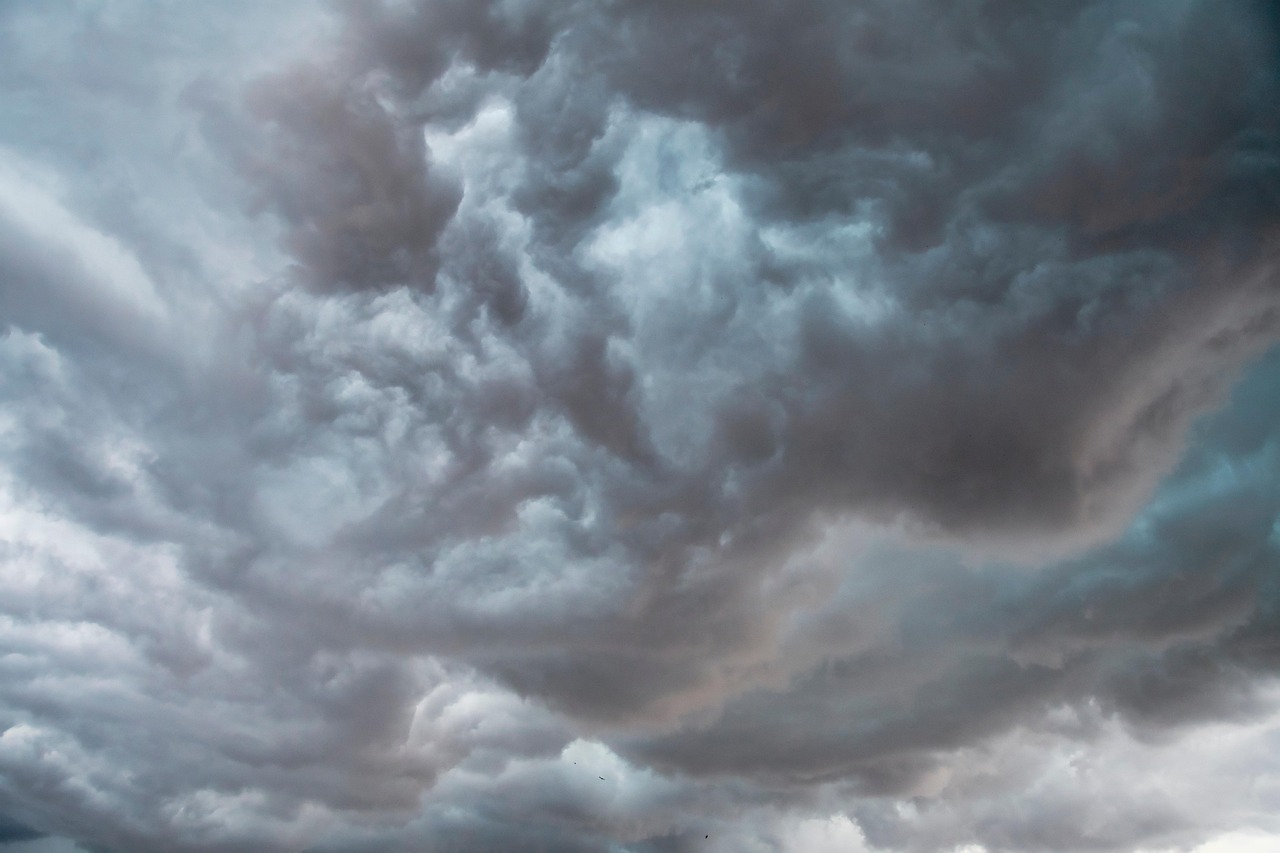Winter Outlook: La Niña’s Potential to Drench Northern Michigan
Understanding La Niña Conditions
La Niña is characterized by the cooling of sea surface temperatures in the central and eastern Pacific Ocean. This weather phenomenon can significantly influence global weather patterns, particularly in North America. In the context of winter in Northern Michigan, the presence of La Niña is known to alter precipitation levels and temperature averages, directly impacting local conditions and the environment.
The Mechanisms of La Niña Influence
During La Niña events, the stronger than average trade winds push warm water westward, allowing colder water to upwell off the coast of South America. This shift not only affects ocean temperatures but also alters the jet stream patterns across the United States. In Northern Michigan, this typically results in a more pronounced polar jet stream, which can steer colder air masses into the region and enhance snowfall accumulation.
Anticipated Snowfall Projections for Northern Michigan
La Niña winters are generally associated with increased precipitation in Northern Michigan, particularly in the form of snow. Historical data indicates that during La Niña events, areas like Traverse City and the Upper Peninsula often experience above-average snowfall. Snowfall totals may exceed 200 inches in some locations due to the enhanced moisture available from the Great Lakes, making it an ideal climate for winter sports enthusiasts and the local ski industry.
Temperature Variations and Their Implications
While La Niña typically brings above-average precipitation, temperature patterns can vary. For Northern Michigan, winters during La Niña can see slightly colder temperatures due to the positioning of the jet stream. The cold snaps can lead to extremes, with nighttime lows plummeting well below freezing, which can impact everything from agriculture to energy use. This chilling effect serves as a stark reminder for residents to prepare for severe winter conditions.
Impact on Local Ecosystems
The interplay of heavier snowfall and colder temperatures during La Niña can have significant effects on local ecosystems. The increased snow cover can provide insulation for soil temperatures and protect vegetation from the harshest cold. Wildlife may also benefit from prolonged snow cover, as it can help regulate their habitats and alter migration patterns. However, excessive snow can burden trees and local infrastructure, leading to electrical outages or damage.
Preparedness for Heavy Snow Events
With heightened snowfall associated with La Niña, residents and local authorities in Northern Michigan must prepare adequately. Homeowners should ensure their roofs can withstand the weight of heavy snow and ice to prevent worthiness issues, while snow removal services might anticipate increased demand. Vehicles should also be winter-ready with proper tires and emergency kits. Staying informed through weather updates and advisories from the National Weather Service can keep the community safe during snow events.
Economic Implications for Northern Michigan
Northern Michigan’s economy is intricately tied to winter tourism, which includes skiing, snowmobiling, and ice fishing. With projected increases in snowfall, businesses that depend on winter activities may see a boost in revenue, enhancing local economies. However, this also requires careful management of local resources and infrastructure to accommodate tourism traffic and maintain safety on roads and trails.
Climate Change Context and Future Trends
While La Niña’s effect on winter weather is well-studied, it is crucial to consider the broader context of climate change. Trends indicate fluctuations in the frequency and intensity of La Niña events, reflecting a larger pattern of climate variability. This variability can lead to unexpectedly severe winter storms or prolonged dry periods, particularly as climate models evolve. Understanding these dynamics will be key for Northern Michigan’s long-term planning efforts.
Role of the Great Lakes in Winter Weather Patterns
The Great Lakes play a pivotal role in modifying winter weather across Northern Michigan. Their presence can enhance lake-effect snow events, where cold air moves over the relatively warm lake waters, picking up moisture and dumping snow on the leeward shores. In a La Niña year, this effect can be magnified, resulting in localized heavy snowfall, especially on Christmas and New Year’s Day.
Strategies for Managing Water Resources
With increased precipitation, Northern Michigan will need to be proactive in managing water resources. Flooding can become a concern during thaws, especially with snowmelt from heavy winter snowfall. Local governments need to invest in stormwater management and infrastructure improvements to handle excess runoff effectively. This includes the maintenance of drainage systems and the promotion of permeable surfaces in urban development.
Long-term Weather Predictions and Modeling
Meteorologists are continuously improving the long-term modeling of La Niña and its impacts on seasonal weather. Using historical data to analyze patterns helps refine forecasting accuracy. Collaboration with local weather services ensures that predictions are localized and relevant, offering communities the information they need to plan accordingly for winter months.
Community Awareness and Engagement
Community engagement is vital in preparing for the impacts of La Niña. Local workshops can educate residents about winter preparedness, the effects of snow on infrastructure, and strategies for emergency management. Schools and community organizations can collaborate to promote awareness and ensure that residents understand the steps they can take to remain safe during the winter season.
Innovation in Winter Agriculture Practices
Northern Michigan’s agriculture, particularly fruit growers, must adapt to La Niña’s impact on winter weather. Cold snaps can affect fruit trees, while heavy snowfall may provide beneficial moisture for early spring growth. Educating farmers on best practices for frost protection and snow management can help mitigate against potential crop damage.
Conclusion: Embracing Winter in Northern Michigan
As La Niña looms over the seasonal forecast for Northern Michigan, understanding its implications is essential for all residents. From economic benefits to environmental impacts and community preparedness, the upcoming winter has the potential to transform Northern Michigan into a winter wonderland while posing challenges that require collective action and awareness. With the right strategies in place, communities can embrace and thrive amid the snowy months ahead.



